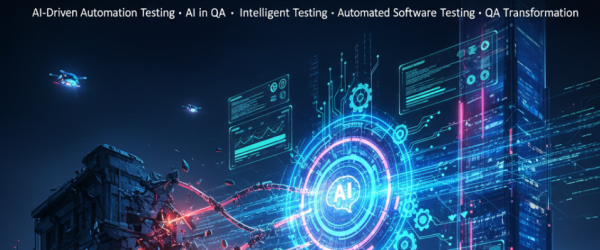Introduction
For decades, the physical data center was the undisputed kingdom of enterprise IT. It represented stability, control, and massive, tangible capital investment. Yet, across every industry, businesses are dissolving these on-premises kingdoms and migrating their core operations to the Cloud Empire.
This shift is not a simple technological upgrade; it is a strategic exodus driven by economic, operational, and competitive necessity. Companies are trading the high fixed costs and inherent limitations of legacy infrastructure for the unparalleled agility and financial scalability offered by cloud computing. Understanding this transition is crucial for any leader focused on IT modernization and future-proofing the business.
1. The Financial Logic: Trading CapEx for Hyper-Efficiency
The most immediate and compelling driver for cloud migration is financial. The traditional data center model is overwhelmingly CapEx (Capital Expenditure)-intensive—requiring immense, ongoing investment in hardware, cooling, power, and real estate, much of which is purchased only to sit idle.
The cloud fundamentally flips this model to OpEx (Operational Expenditure), paying only for the resources consumed.
- Elimination of Idle Spend: On-premises environments are typically over-provisioned by 25% to 40% to account for peak demand (Gartner, 2024). This wasted capacity is eliminated in the cloud, where resources scale down automatically when not needed.
- Massive Cost Avoidance: The cost of maintaining physical infrastructure, including patching, power, and security monitoring, can be exorbitant. A Flexera report indicated that optimizing cloud spend is a top priority for 90% of organizations, revealing the intense focus on cost savings that drives the migration (Flexera, 2023).
2. The Operational Advantage: Agility and Global Reach
Legacy infrastructure is inherently rigid. Deploying a new service, spinning up a testing environment, or scaling into a new geographic market could take weeks or months. The Cloud Empire delivers resources in minutes.
- Velocity of Deployment: Cloud platforms offer vast catalogs of managed services (databases, AI tools, serverless functions) that allow developers to build and deploy applications with unparalleled speed. This agility translates directly into a faster time-to-market and a decisive competitive advantage.
- Instant Global Presence: Cloud providers operate extensive global networks of availability zones. A company can deploy its application infrastructure in Tokyo, London, and Sydney simultaneously in hours, instantly achieving global redundancy and ensuring low latency for customers worldwide. This scale is virtually impossible to replicate privately.
| Operational Shift | Data Center (Legacy) | Limited to purchasing on-premises software. |
|---|---|---|
| Scaling Capacity | Months of procurement and installation. | Minutes via API call (elasticity). |
| Downtime/Resilience | Single points of failure; expensive disaster recovery setup. | Automatic failover across multiple availability zones. |
| Innovation Access | Limited to purchased on-premises software. | Instant access to the latest AI, ML, and specialized data services. |
3. Security and Compliance: Leveraging Shared Strength
One of the persistent myths about the cloud is that it is less secure than on-premises systems. In reality, major cloud providers invest billions annually into their security postures, offering a level of defense that few individual organizations can match.
This dynamic is governed by the Shared Responsibility Model: the cloud provider secures the underlying infrastructure (the “Cloud Empire”), while the customer secures their data and configurations in the cloud (their “territory”).
- Enterprise-Grade Defense: Cloud platforms offer sophisticated, automated security tools, including unified identity and access management (IAM), real-time threat detection, and continuous compliance monitoring across industry standards such as HIPAA and GDPR. This capability enables businesses to meet stringent regulatory requirements while reducing manual workload.
- Security as a Service: Instead of buying and maintaining separate security appliances, cloud users consume cutting-edge security features as a utility, constantly updated and refined by thousands of security experts.
Conclusion: The Strategic Future
The move from data centers to the Cloud Empire is the defining IT project of this generation. It is a necessary strategic move to escape the rigidity and prohibitive costs of the past.
By embracing this shift, businesses gain not just computing power but an engine for agility, cost control, and global scale. The enterprises that are thriving are the ones that have recognized the cloud for what it is: the essential, modern platform for building and sustaining competitive dominance.







